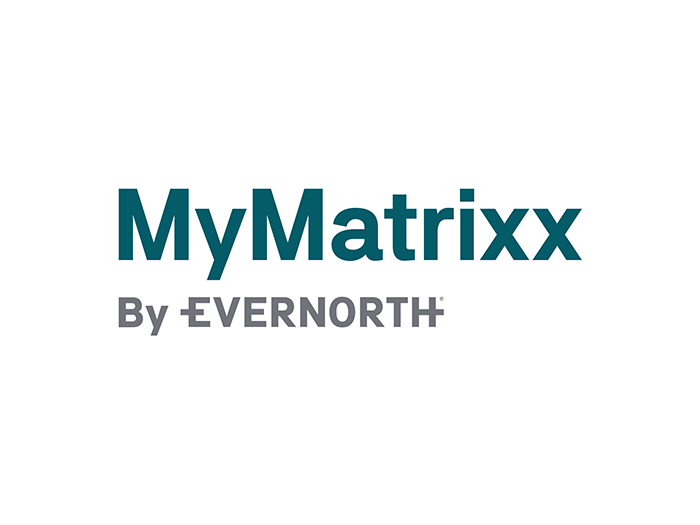Innovative Solutions in Wildfire Management: How Technology and Proactive Collaboration Make a Difference
As a multitude of factors intensify the threat of catastrophic wildfires, innovative technologies and collaborative approaches are emerging as crucial tools in addressing this pressing issue.
In a recent episode of the Predict & Prevent® podcast, Bill Clerico, founder and managing partner of venture capital fund Convective Capital, shared insight into the evolving landscape of wildfire prevention and management.
Clerico highlighted several promising startups tackling different aspects of wildfire prevention and response.
For instance, BurnBot has developed a device for controlled prescribed burning, allowing for safer and more efficient fuel treatment across a broader range of conditions and helping create more resilient landscapes.
In the area of improving community adaptation to the risk of wildfires, Fire Aside offers software that digitizes defensible space inspections, fostering better communication between fire departments and property owners. On the detection front, Pano utilizes AI-powered cameras to identify fire starts quickly and provide real-time situational awareness.
“We track every wildfire technology company that we know of, and the list is actually over 500 companies at this point,” Clerico said, emphasizing the growing interest in this sector. This surge in innovation presents a significant opportunity for transforming how we approach wildfire management.
Clerico argues that insurers should shift from a historical focus on risk selection to risk mitigation, actively engaging with customers and other stakeholders to reduce wildfire threats.
He suggests insurance companies could play a pivotal role in organizing entire communities and advocating for better resilience measures, such as building fire breaks, improved fire equipment and identifying evacuation routes.
One innovative approach proposed by Clerico would involve insurers investing in pilots of various technologies to determine which have the greatest ROI in terms of wildfire risk mitigation.
“Insurers could really lean into this and say, ‘Okay, can we take a pot of money that’s not super material to the bottom line, but is enough to learn? And could we go give $10 million in credits to policyholders in high-risk areas to conduct mitigation and go do a bunch of the work?’ ” he proposed.
This proactive strategy could yield valuable data on the effectiveness of various mitigation techniques, potentially saving billions over time. A key theme throughout my conversation with Clerico was the importance of cross-sector collaboration.
Clerico emphasized the interconnected nature of wildfire challenges, involving utilities, insurers, fire suppression agencies, local governments and technology startups. This collaborative approach is crucial for overcoming regulatory and adoption challenges.
As Clerico advises startups in this space, “You have to solve a very real problem … and then find the innovative champions of these organizations.” By addressing acute business needs and partnering with forward-thinking individuals within insurance companies, fire tech startups can drive meaningful change in the industry.
Looking ahead, Clerico believes that with the right tools and incentives, catastrophic wildfire is a solvable problem. As the industry continues to evolve, it will be crucial for all stakeholders — from insurers to tech innovators — to work together in developing and implementing these solutions. &










